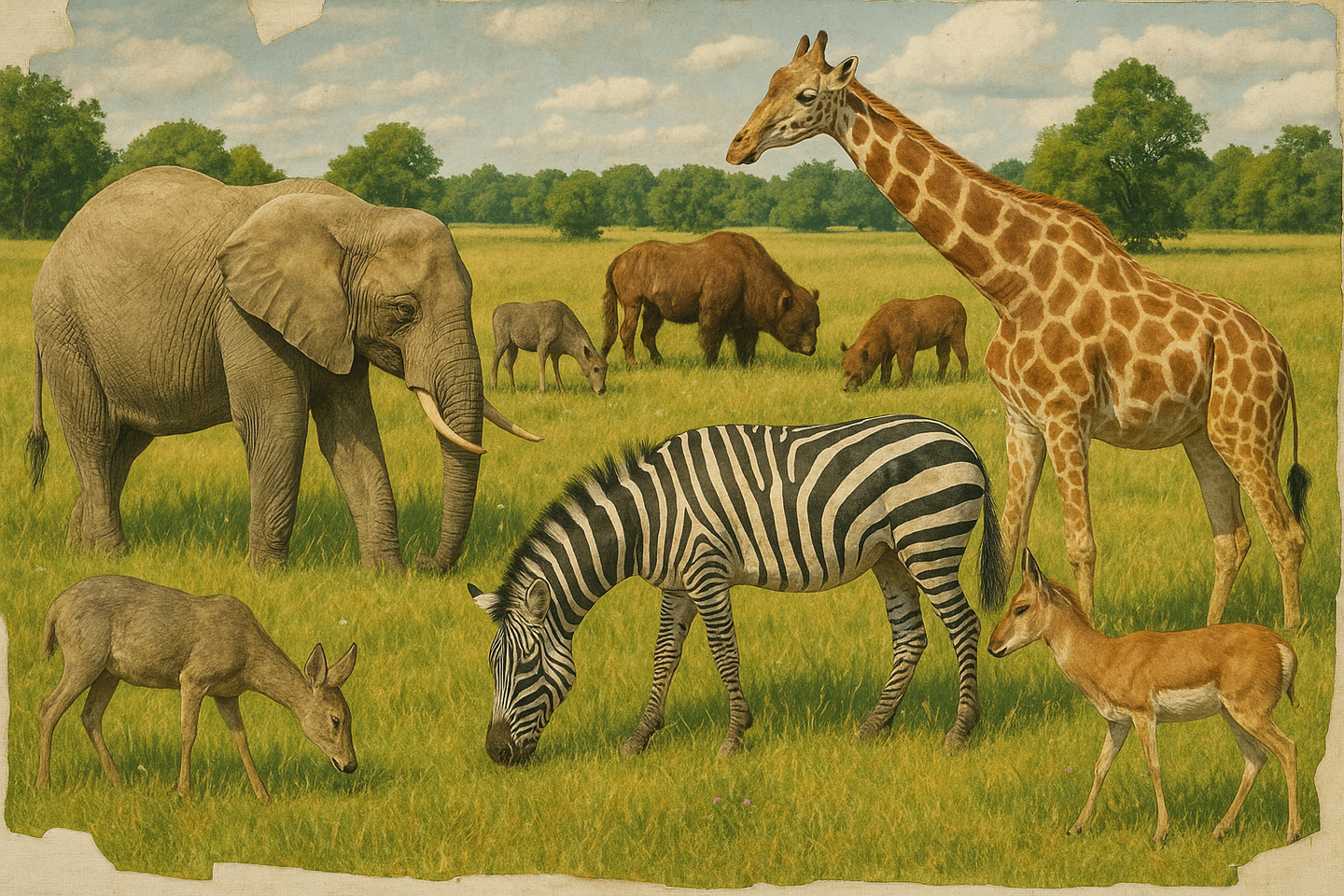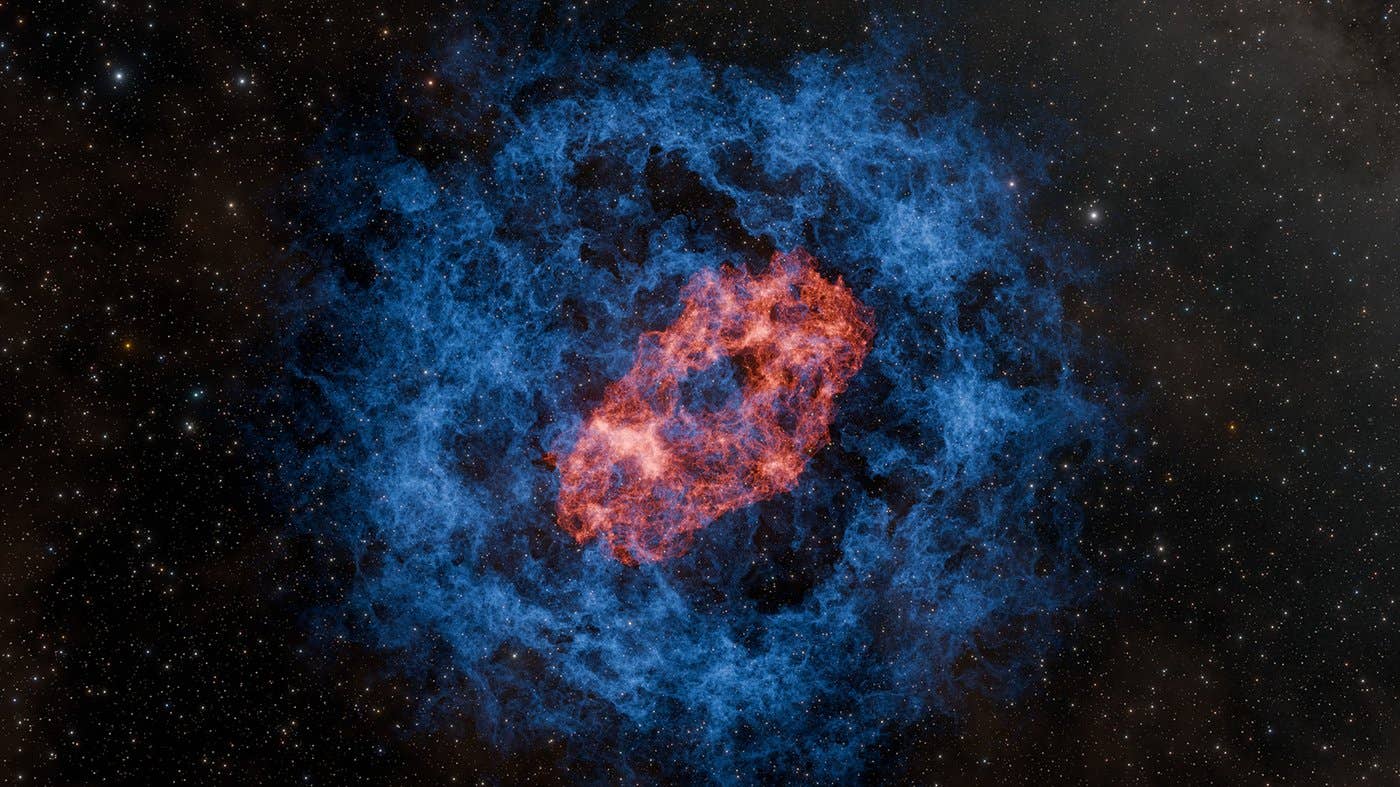All living mammals evolved from this country – 50 million years earlier than previously thought
Groundbreaking Australian fossils reveal mammals evolved in the Southern Hemisphere, overturning centuries of scientific thought.

New fossil evidence from Australia proves mammals originated in the Southern Hemisphere, reshaping centuries-old ideas about human evolution. (CREDIT: AI-generated / The Brighter Side of News)
If textbooks ever made you believe mammals like humans, cats, and kangaroos first evolved somewhere up north, think again. A remarkable discovery from Australia has flipped our understanding of mammal evolution upside down. New fossils reveal that the ancestors of nearly all modern mammals—yes, including humans—originated far south, long before appearing in the Northern Hemisphere.
The Discovery That Shook Science
The fossils behind this revelation were hidden in plain sight for decades. It took two of Australia's leading paleontologists, Professor Tim Flannery and Professor Kris Helgen from the Australian Museum, along with colleagues Dr. Tom Rich from Museums Victoria, Professor Patricia Vickers-Rich from Monash University, and Dr. E. Grace Veatch of the Smithsonian Institution, to piece the puzzle together.
For nearly 200 years, scientists assumed that modern mammals began in the Northern Hemisphere because that's where most fossils were found. However, the team noticed something unusual. Teeth from ancient mammals uncovered in Australia, Madagascar, South America, and India were millions of years older than similar fossils found up north.
"These astonishing discoveries have completely changed our long-held theory of mammal evolution," said Dr. Rich. "Indeed, it turns our ideas of mammal evolution on its head."
What’s So Special About Teeth?
Teeth played a key role in unraveling this ancient mystery. Scientists pay close attention to teeth because they hold clues about what animals ate, how they lived, and where they belong in the family tree. The special teeth that changed everything are called tribosphenic molars. They allowed early mammals to puncture, crush, and cut food all at once—a big evolutionary advantage when competing for food.
Tim Flannery explained the significance clearly: "We realized all these Southern Hemisphere fossils share these strange, complicated molars. They probably evolved to handle tough insect shells. That’s what unites them and shows us they're ancestors to all modern mammals."
Related Stories
- Dinosaur tracks reveal mixed species travelled together in herds like modern mammals
- The surprisingly complex story of how mammals stand and move today
- What drove North America’s large mammals to extinction after the last ice age
Fossil Hunting in the Land Down Under
Finding these teeth wasn't easy. Dr. Rich and Professor Vickers-Rich spent over two decades searching rocks from the Cretaceous Period on Australia’s southern coast before striking fossil gold. Their dedication finally paid off at a spot called Flat Rocks near Inverloch, Victoria. Here, they unearthed fossils dating back 126 to 110 million years—far older than similar ones found elsewhere.
The researchers then compared these Australian fossils with those found on other continents once connected in the ancient supercontinent Gondwana. All had these unique tribosphenic teeth, strongly suggesting mammals evolved in the south before moving north.
“Theria evolved in Gondwana, thriving there for 50 million years before migrating north,” said Professor Helgen. “Once in Asia, they diversified rapidly, filling many ecological niches.”
Shaking Up the Mammal Family Tree
This discovery challenges long-standing beliefs. Historically, scientists thought marsupials (like kangaroos and koalas) and placental mammals (like humans and dogs) first evolved in the north and then spread south. This idea was broadly accepted—but it lacked proof from the fossil record.
Now, evidence shows the opposite. Professor Flannery and colleagues propose mammals likely originated in what’s now southern Australia, then moved northwards through ancient island chains into Asia, eventually spreading worldwide. "I resisted the conclusion as long as I could, but the evidence is compelling," Flannery admitted. "These small Australian animals were the ancestors of both earliest placentals and earliest marsupials."
Interestingly, Australia's strange egg-laying monotremes, like the platypus, appear unrelated to these tribosphenic mammals, evolving separately without these special molars.
Impacts Beyond Science
This breakthrough doesn't just rewrite science textbooks. It changes how we see Australia's role in global evolution. Despite being smaller than other continents, Australia boasts some of the most diverse mammals on Earth. Today, more than 350 native mammals live there, many found nowhere else.
But these amazing animals face serious threats. Habitat destruction, invasive species, and climate change have pushed many unique Australian mammals to extinction. In fact, Australia now leads the world in mammal extinctions.
Professor Helgen sees hope, though, urging action to protect remaining species. "If we can change the planet so profoundly, we can also fix what we've damaged. Now we must ensure what's left survives this extinction crisis we've triggered."
Rewriting History, One Fossil at a Time
This groundbreaking research, published in Alcheringa: An Australian Journal of Palaeontology, is likely to spark global discussion. While it might not dominate casual conversations, it's a landmark in evolutionary biology. Flannery described it proudly as "the most important piece of science, from a global perspective, that I've done in my lifetime."
It took a pandemic lockdown and decades-old museum collections for these scientists to recognize the truth hiding in ancient teeth. By revisiting forgotten fossils, they've redefined our understanding of where mammals—including us—really came from.
In short, next time someone asks about your ancestors, you can confidently say they trace back to a tiny creature in ancient Australia—a discovery that's truly turned science upside down.
Note: The article above provided above by The Brighter Side of News.
Like these kind of feel good stories? Get The Brighter Side of News' newsletter.



